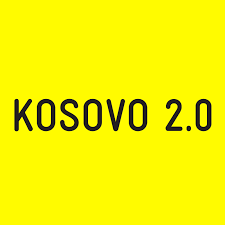On April 8 we celebrated International Roma Day — a moment to celebrate the history, culture and resilience of the Roma people. It is also an opportunity to reflect on the challenges that Roma communities continue to face, as well as a chance to raise awareness of our rights, voices and stories.
As a young Roma journalist, this day holds a special meaning for me. Beyond official statements and ceremonies, it is a chance to place one of the most powerful expressions of our identity — art — at the center.
Roma artists — whether musicians, painters, poets or filmmakers — to me, are not simply creators. They are narrators of our lives, defenders of our culture and voices of a resistance that is too often silenced. Through their work, they challenge the prejudices that have followed us for too long, reclaim our story and remind us to be proud of who we are.
In a world that frequently misrepresents or erases us — through stereotypes, silence or exclusion — Roma artists reveal another, truer side of our identity. Their work reflects a reality that is not simple or monochromatic, but bold, nuanced, multidimensional and powerful.
For International Roma Day, I spoke with some of the Roma artists who inspire me and asked them what the day means to them, how their identity influences the art they create and what message they hope to convey through their work.
Jimmy Mustafa, musician
If you grew up in Kosovo and had even a little exposure to Roma music, you’ve probably heard of Jimmy Mustafa and his band — the Jimmy Mustafa Band. Raised in Plemetin, Jimmy has managed to blend Roma tradition with modern genres like pop and rap, creating a sound that feels entirely original. His albums, “Posvetime” and “Romane Bajrakja,” are filled with songs in the Romani language and showcase just how vibrant and colorful our music truly is.
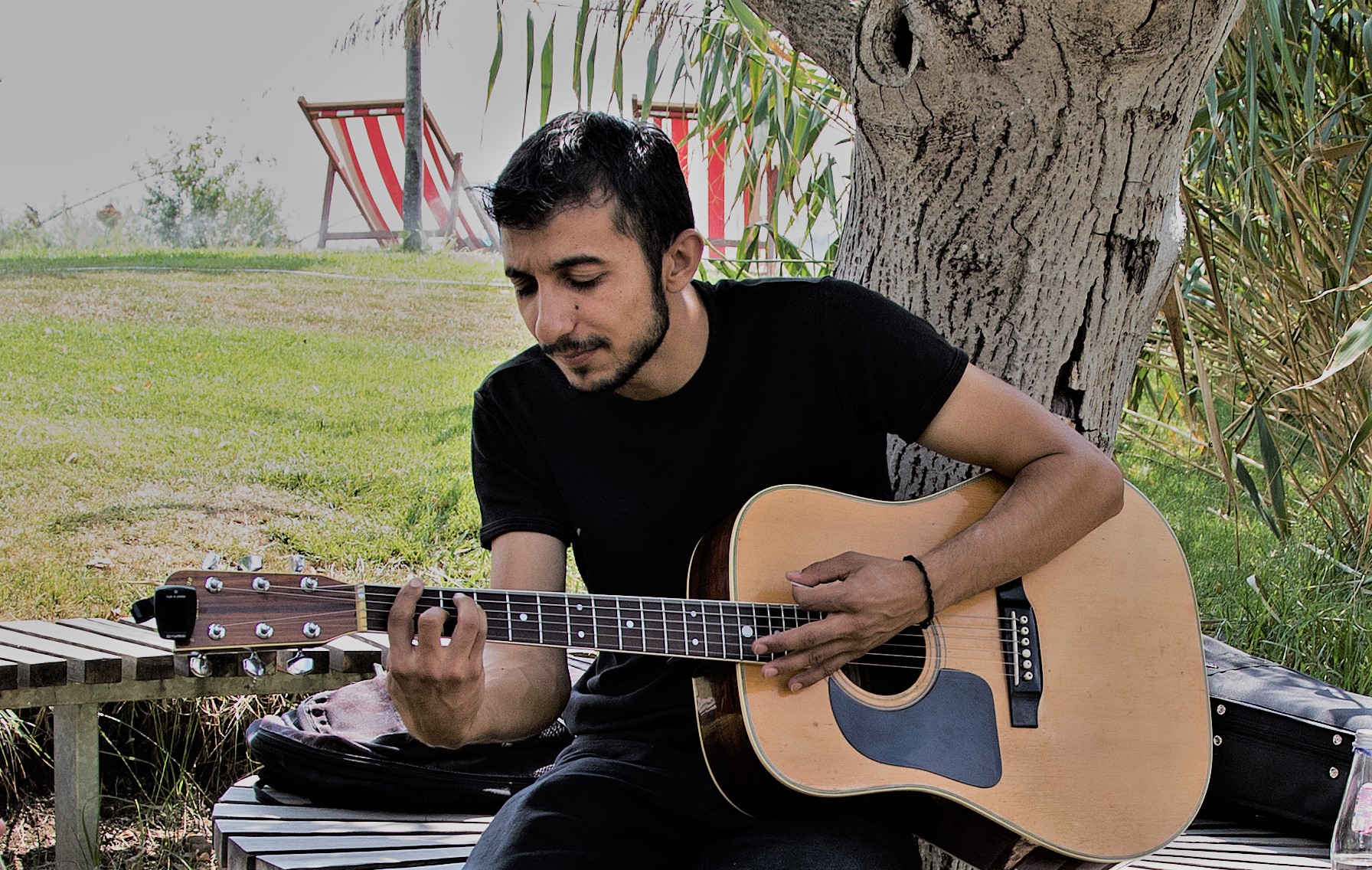
Photo from Jimmy Mustafa’s archive.
“As a musician, this day is an opportunity not only to promote our musical traditions, but also to raise awareness about the problems and challenges that Roma people continue to face in society. It’s a chance to celebrate our achievements, but also to show that we still have a long way to go in achieving equality and gaining full respect for our rights.
Roma culture is the foundation of my art — I feel it in every note I play and every lyric I write. Through my creativity, I want to show that the Roma are a people with a rich heritage, worthy of respect and appreciation and that art is a powerful tool for changing perceptions and building stronger connections between different communities.”
Farija Mehmeti, painter
Farija Mehmeti is a painter who creates from her simple and warm home in the village of Lepinë, Lipjan. Known for her portraits of Roma women, full of strength and spirit, Farija has fought hard to ensure that her art goes beyond the four walls of her home and receives the attention it deserves.

Photo: Majlinda Hoxha / K2.0.
“International Roma Day is an opportunity to reflect on the efforts and sacrifices our people have made to preserve their identity and move forward in society. Roma culture is deep and rich — full of colors, rhythms and unforgettable stories — and it is this culture that inspires my art. It brings meaning and spirit to my paintings, which often focus on portraits of Roma women and the everyday life of our community.
Through my art, I try to send the message that although we may be different, we Roma carry a rich identity and dignity that deserve to be respected and appreciated by others.”
Bajram Mehmeti, painter
Alongside Farija’s portraits — both in her home and on Kosovo’s cultural scene — stands the work of her brother, Bajram, who uses his paintings to reflect the daily life of Roma people.

Photo: Majlinda Hoxha / K2.0.
“As an artist, International Roma Day is an opportunity to use art to convey a message of empowerment and cultural pride and to raise awareness in society about the importance of recognizing and protecting Roma rights.
My art is inspired by the intensity and color of Roma life — from everyday moments in our community to the songs and dances that accompany us, each image tells a powerful story. I use art to highlight the values that define us, but also to show how we, as Roma, can contribute meaningfully to the development of society.”
Senjur Veshall, Roma actor and director
If you follow politics in Kosovo, you’ve probably heard the name Senjur Veshall. He has been active in Kosovo’s political life for a long time. But if you follow culture, you may have come across his name there as well. Senjur is also an actor and director and was recently part of a play by German poet and playwright Bertolt Brecht and staged by the Nexhip Menekshe Roma theater in Prizren.
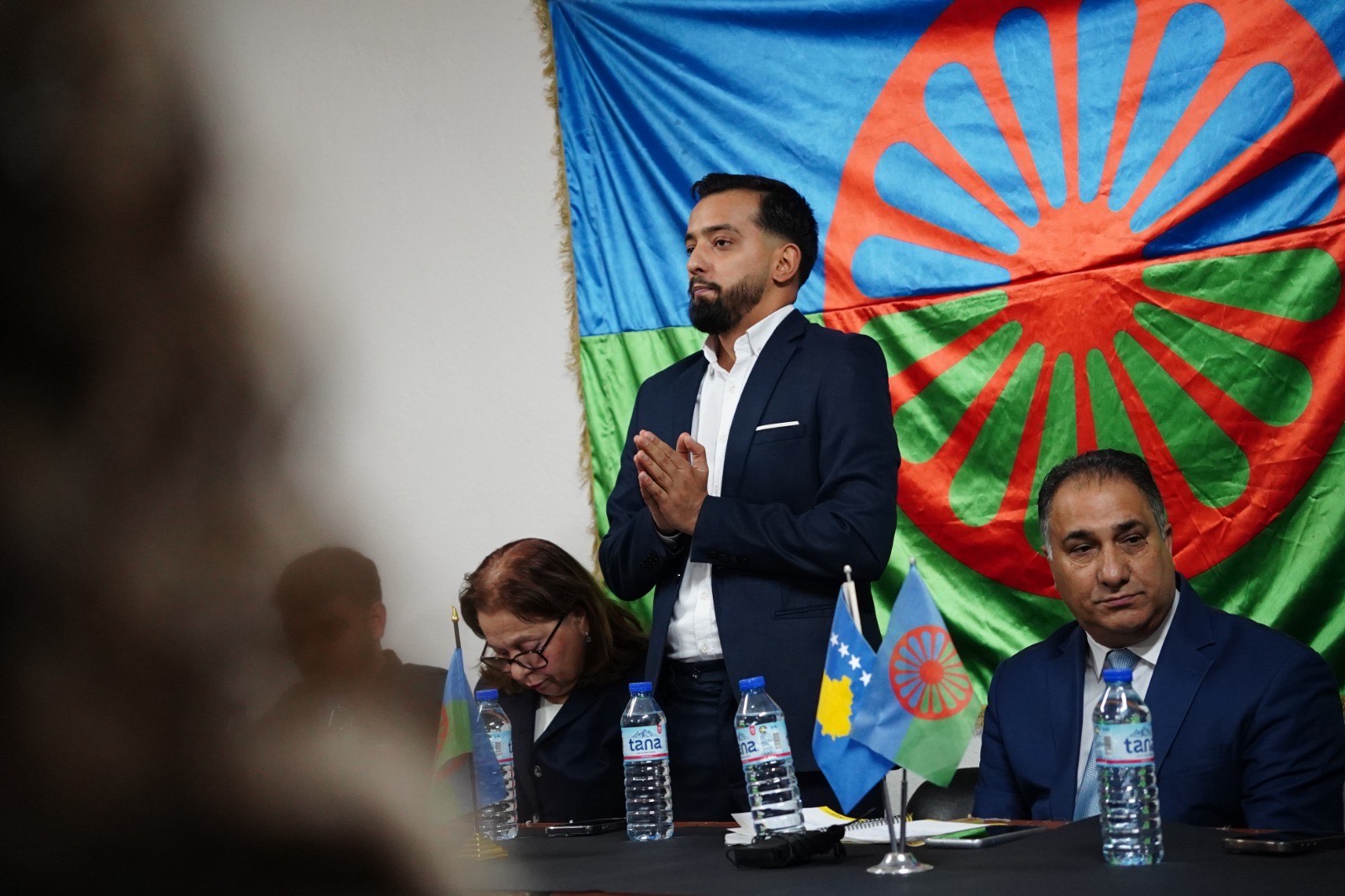
Photo from Sejnur Veshall’s archive.
“For me, International Roma Day is an opportunity to show that although we are a community often underestimated, we have a rich history and culture that deserve recognition and appreciation. As an actor and director, this day allows me to express myself through art and contribute to raising awareness in society about the experiences of Roma people, as well as the role our culture can play in enriching the societies we live in.
In my artistic work, Roma culture is my main source of inspiration and energy.”
Gynesh Veshall, actress and activist
Whenever you want to learn more about the Nexhip Menekshe theater and its presence, it’s almost impossible not to come across the name Gynesh. She has been part of the theater since childhood and throughout her life, she has worked to ensure that activism and Roma culture are not seen as something represented only by men.
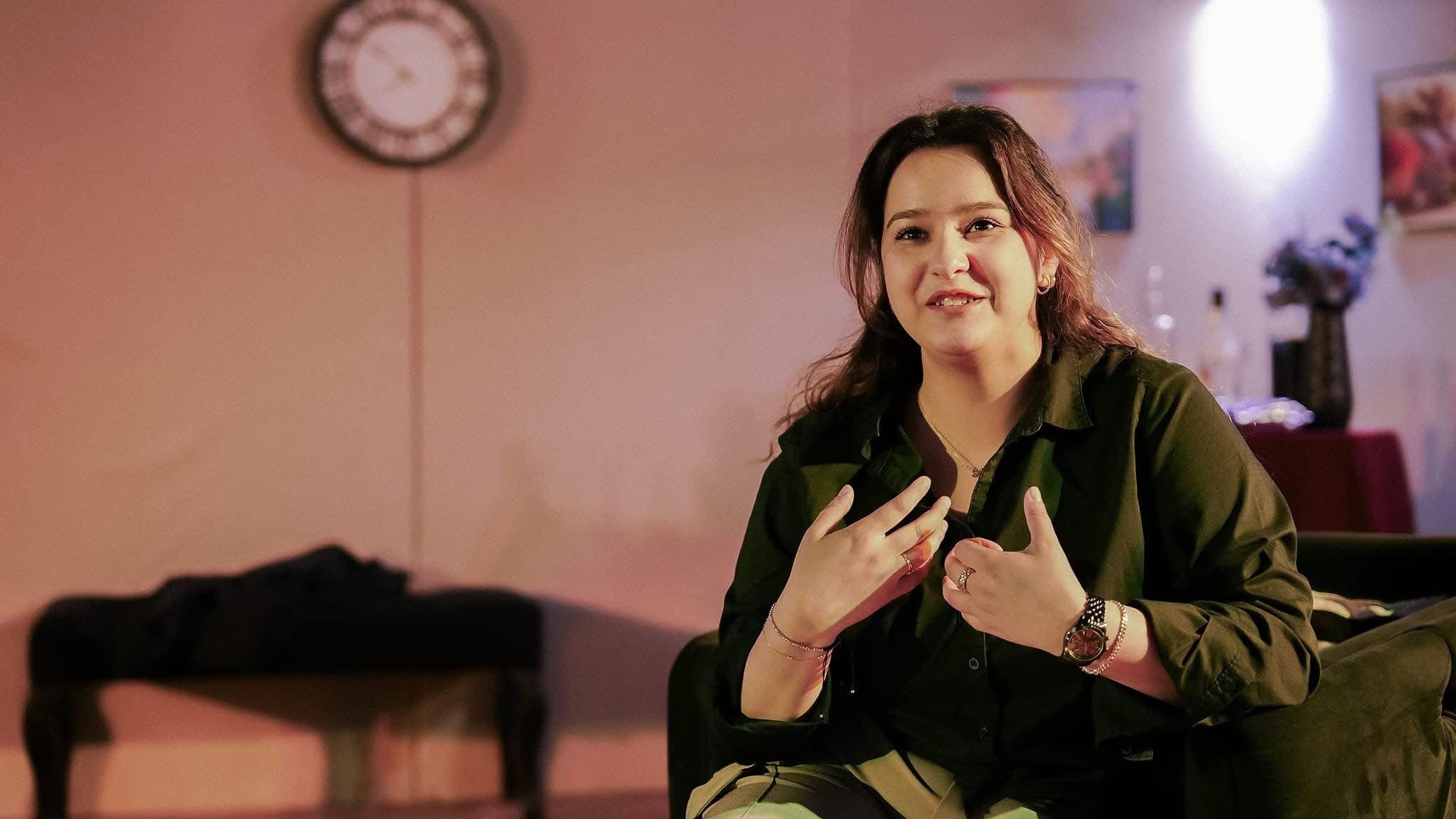
Photo from Gynesh Veshall’s archive.
“For me, International Roma Day is an opportunity to reaffirm my commitment to the Roma people and to celebrate our heritage and history. It is also a moment to draw attention to the discrimination and marginalization we continue to face. On this day, I celebrate — but I also call for equality and full rights for our community and specifically for Roma women.
Roma culture is a powerful source of motivation for me because it is a treasure that has always shaped the way I interpret and create art. Through my work, I want to tell the story of a culture that is rich, joyful and meaningful — but one that has also endured, and continues to endure, many challenges.”
Driton Berisha, Roma singer
When talking about musical style and spirit, Driton Berisha — a singer and guitarist from Plemetin — is an essential part of the conversation. He began his musical journey at a young age, even though, for a long time, he didn’t have an instrument to play — only the determination not to give up.
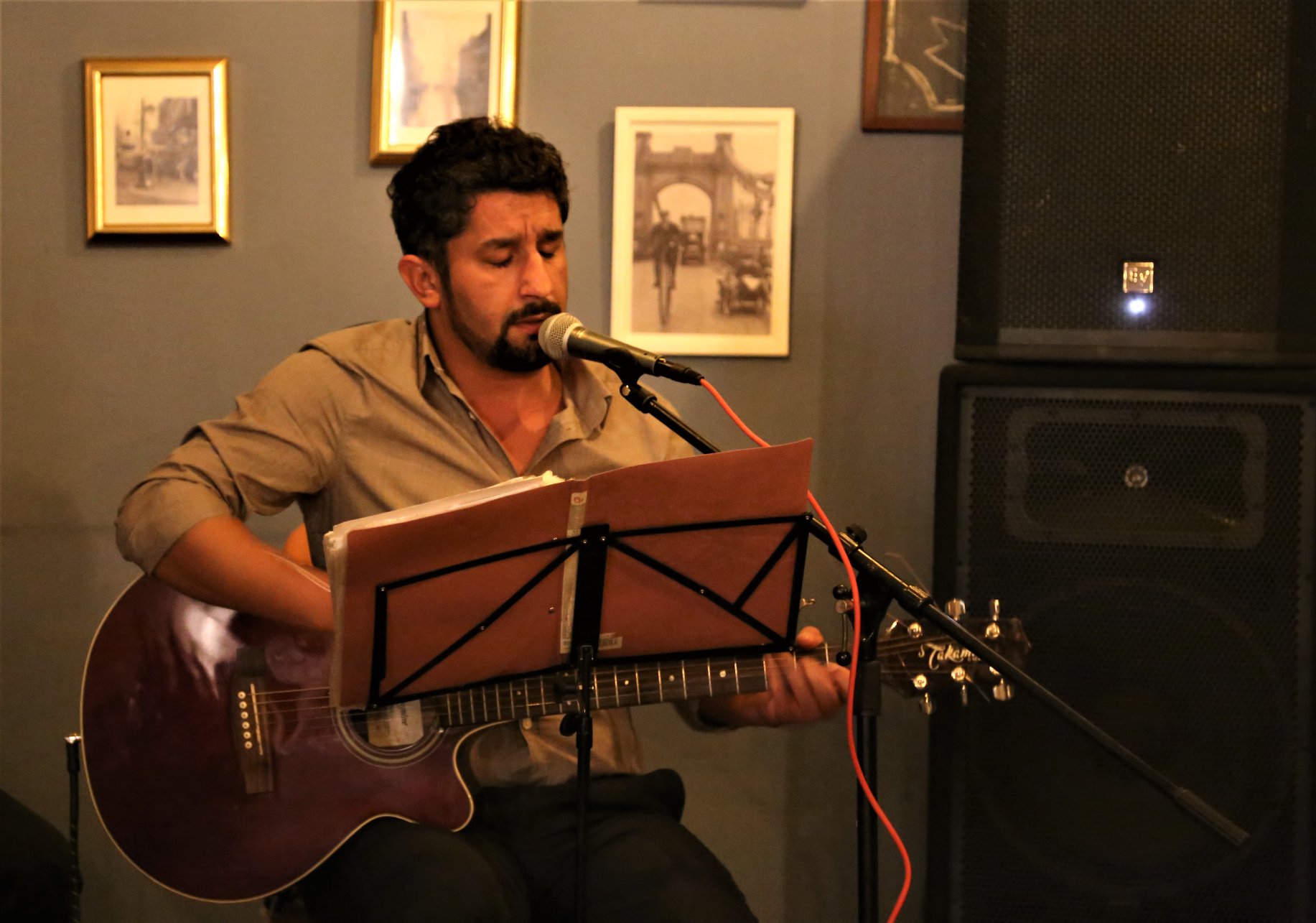
Photo from Driton Berisha’s archive.
“For me, International Roma Day is an opportunity to showcase not only art, but also to show the world that Roma culture is full of history, color and emotion. It’s a chance to create more opportunities and spaces for the Roma community.
My music is deeply influenced by my culture, blending elements of traditional Roma music with modern influences. Through music, I want to convey a powerful message of love and unity. I want Roma artists to have the opportunity to be heard — and to shine through their talent.”
Feature Image: K2.0.
 Want to support our journalism? Become a member of HIVE or consider making a donation. Learn more here.
Want to support our journalism? Become a member of HIVE or consider making a donation. Learn more here.
